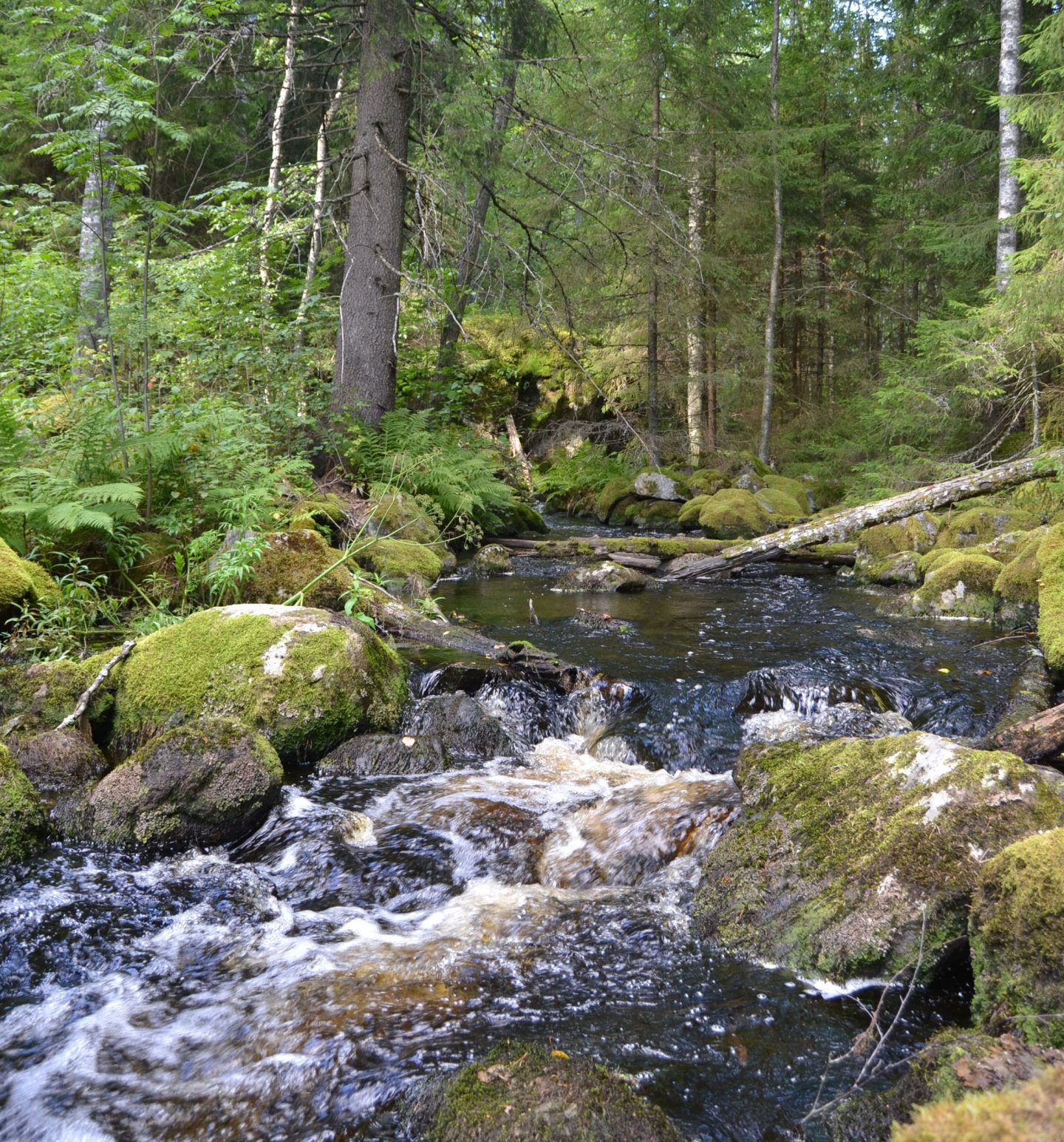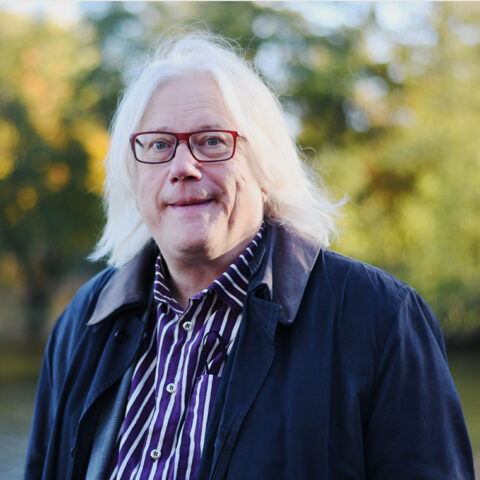Protecting rivers as corridors in a changing climate
–
Luonnonsuojeluliitto on mukana IUCN:n ensi kesän Rankan maailmankongressissa yhdessä laajapohjaisessa aloitteessa. Sillä nostetaan virtavesien suojelua ja ekologisia yhteyksiä osana ilmastonmuutokseen sopeutumista. Mukana aloitteessa (motion) 009 ovat Politique scientifique fédérale (Belgia),…

Luonnonsuojeluliitto on mukana IUCN:n ensi kesän Rankan maailmankongressissa yhdessä laajapohjaisessa aloitteessa. Sillä nostetaan virtavesien suojelua ja ekologisia yhteyksiä osana ilmastonmuutokseen sopeutumista. Mukana aloitteessa (motion) 009 ovat Politique scientifique fédérale (Belgia), State Nature Conservancy of the Slovak Republic, NatureServe, Wetlands International, Rewilding Europe, Fundacion Vida Silvestre (Argentina), Center for Large Landscape Conservation, The Nature Conservancy, Conservation International, Synchronicity Earth, WWF (US, NL, and International), African Wildlife Foundation ja SLL.
RECOGNISING the many services healthy rivers provide, including drinking water, fisheries, sediments and nutrients, biodiversity, and recreational and cultural values;
ALARMED that freshwater species populations are declining over twice as fast as terrestrial and marine species and that nearly one-third of freshwater species are threatened with extinction;
UNDERSTANDING that climate change is altering the water cycle;
AWARE that riparian areas, floodplains and other wetlands absorb and filter pollutants and slowly release precipitation into rivers, and help mitigate extreme floods, droughts and storm surges;
KNOWING that river systems must retain connectivity to support freshwater species, ecosystems and many of their services;
NOTING Parties’ commitment to Aichi Biodiversity Target 11 for terrestrial, freshwater and marine conservation through “well- connected systems of protected areas” and Strategy 1.7 of the Ramsar Convention on Wetlands to “ensure…policies and implementation of Integrated Water Resources Management (IWRM)…particularly concerning…catchment/river basin management”;
UNDERSTANDING that connected rivers transport organic matter to floodplains and deltas, supporting important agriculture and fisheries, and homes and livelihoods for hundreds of millions of people;
KNOWING that many freshwater and terrestrial species must move along rivers to survive and that connected rivers are diminishing with only one-third of long rivers remaining free-flowing;
AWARE that climate change strongly affects vulnerable human populations and that deltas and wild-capture fisheries, nourished by free-flowing rivers, can contribute to resilience of coastal communities; and
CONCERNED by the lack of river protection and expanding development that harm river flows and freshwater species;
The IUCN World Conservation Congress 2020, at its session in Marseille, France, 11-19 June 2020:1. URGES the IUCN Director General, Commissions, Members and states to ensure inclusion of river protection and connectivity within the Post-2020 Global Biodiversity Framework and update of Sustainable Development Goals Target 6.6;
2. ALSO URGES IUCN to:
a. assess the durability of existing river protection models (i.e. their legal certainty to maintain the values and free-flowing nature of rivers) (World Commission on Protected Areas – WCPA, World Commission on Environmental Law – WCEL);
b. support learning exchanges, innovation and adoption of durable river protection and governance models (WCPA, Water Programme);
c. assess free-flowing river status and protection over time; and
d. call on countries to prioritise funding for protection and restoration of rivers and to establish an international funding and support mechanism.
3. CALLS ON governments to:
a. work with civil society, communities, indigenous groups, the private sector and others to identify, restore and protect free-flowing rivers or stretches that provide essential services, outstanding values or resilience in a changing climate;
b. balance development by enacting durable legal protections and enhanced governance for rivers, including riparian buffer protections and other IWRM principles;
c. restore rivers or stretches in which sufficient connectivity and flows could feasibly be restored; and
d. use the IUCN Guidance Safeguarding ecological corridors in the context of ecological networks for conservation; and
4. URGES civil society to support identification, restoration and protection of free-flowing rivers or stretches.
Explanatory MemorandumThis motion highlights the importance of river connectivity for supporting ecosystem services and biodiversity. While freshwaters cover less than 1% of the earth’s surface, they are hotspots for both biodiversity and endemism(1). Freshwater populations are also estimated to be declining more than twice as fast as those of terrestrial and marine species and one in three species is threatened with extinction (2, 3). River systems must retain connectivity to support freshwater species, ecosystems, and many of their services. These include transporting organic matter, sediments and nutrients to maintain healthy downstream rivers, floodplains and deltas(4), which support some of the most important agricultural regions and fisheries on the planet and homes and livelihoods for hundreds of millions of people (5). Highly connected river networks are diminishing with only one-third of long rivers globally remaining free-flowing(6), driven by in-stream river infrastructure, pollution, water resource extraction, channelization, and building in floodplains (7). A free-flowing river occurs where natural aquatic ecosystem functions and services are largely unaffected by anthropogenic changes to fluvial connectivity allowing an unobstructed exchange of material, species and energy within the river system and surrounding landscape (6). Climate change is also altering the hydrological regime. Within a changing climate, connected river corridors provide lifelines for biodiversity and ecosystem services. The focus of this motion is to encourage IUCN, member organizations and others to elevate the importance of connected river corridors and associated habitats (e.g., riparian, floodplain, deltas and estuaries) in the post 2020 Global Biodiversity Framework. While some explicit river protections exist , they are few compared to protections designated for terrestrial and marine habitats. Thus, the motion calls for showcasing and strengthening existing models of protection and restoration as well as innovation for new models and financing of river corridor protections (8, 9). * Examples include Ramsar (e.g., the free-flowing Bita River), the U.S. Wild and Scenic River designation, Mexico’s Water Reserve program. 1. R. Abell et al., Freshwater ecoregions of the world: A new map of biogeographic units for freshwater biodiversity conservation BioScience 58, 403 (2008). 2. B. Collen et al., Global patterns of freshwater species diversity, threat and endemism. Global ecology and biogeography : a journal of macroecology 23, 40 (2014). 3. WWF, Living Planet Report – 2018: Aiming Higher. (Grooten, M. and Almond, R.E.A.(Eds). WWF, Gland, Switzerland, 2018). 4. J. P. M. Syvitski et al., Sinking deltas due to human activities. Nature Geosci 2, 681 (2009). 5. J. J. Opperman et al., “Valuing Rivers: How the diverse benefits of healthy rivers underpin economies. ” (WWF, 2018). 6. G. Grill et al., Mapping the world’s free-flowing rivers. Nature 569, 215 (2019/05/01, 2019). 7. D. Dudgeon et al., Freshwater biodiversity: importance, threats, status and conservation challenges. Biological Reviews 81, 163 (May, 2006). 8. K. Moir, M. L. Thieme, J. Opperman, “Securing A Future that Flows: Case Studies of Protection Mechanisms for Rivers” (World Wildlife Fund and The Nature Conservancy, Washington, DC, 2016). 9. K. Moir, “On n the wild side: A jurisdictional review of wild rivers protection legislation and non-legislative initiatives” (WWF-Canda, Canada, 2012).
Lisätietoja

Toiminnanjohtaja Tapani Veistola
- +358 400 615 530
- tapani.veistola(a)sll.fi


